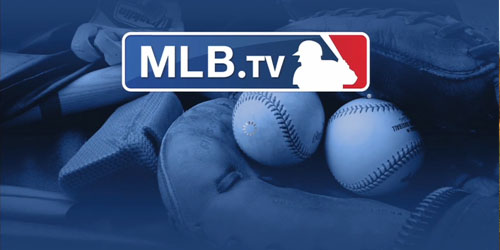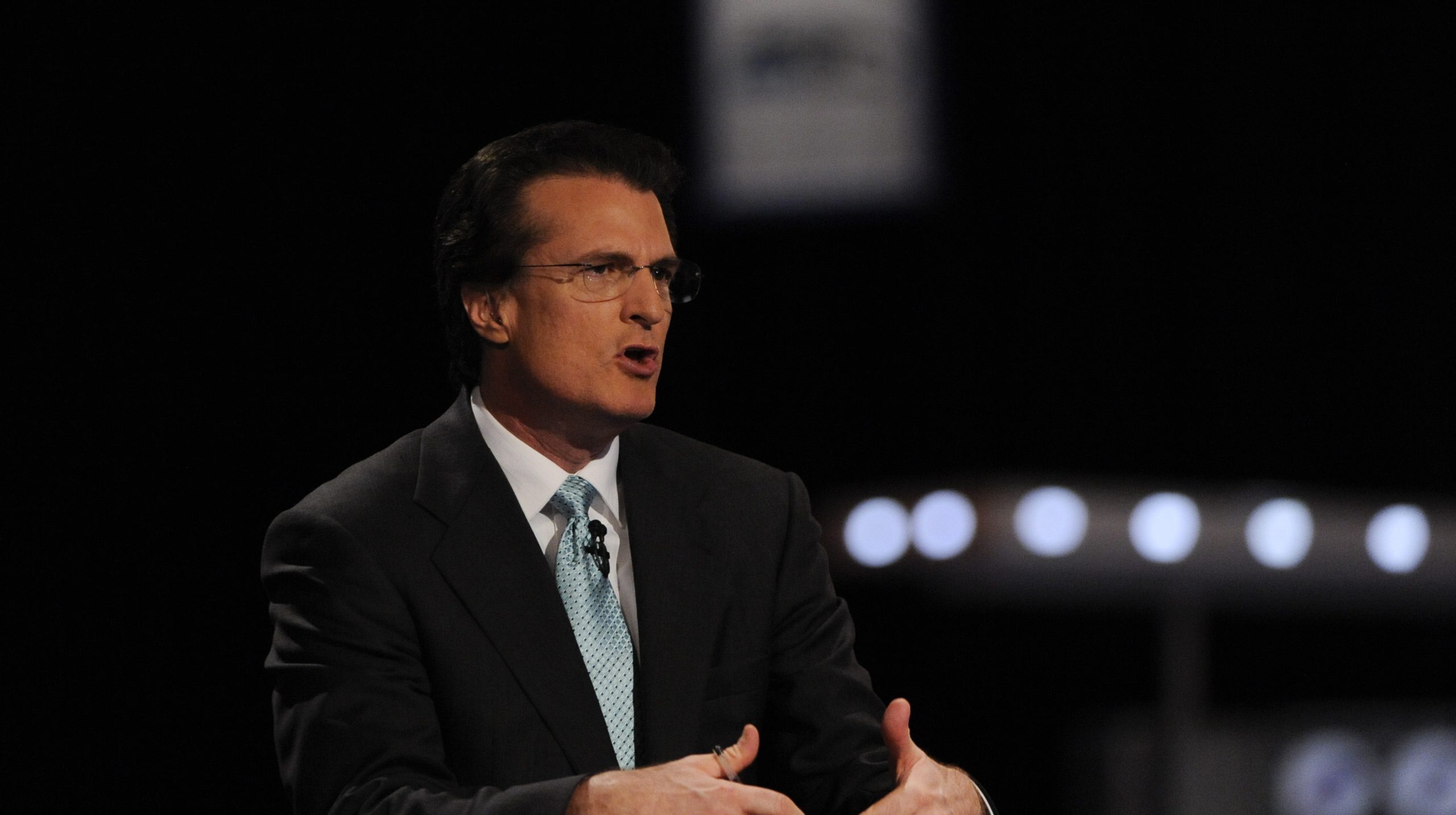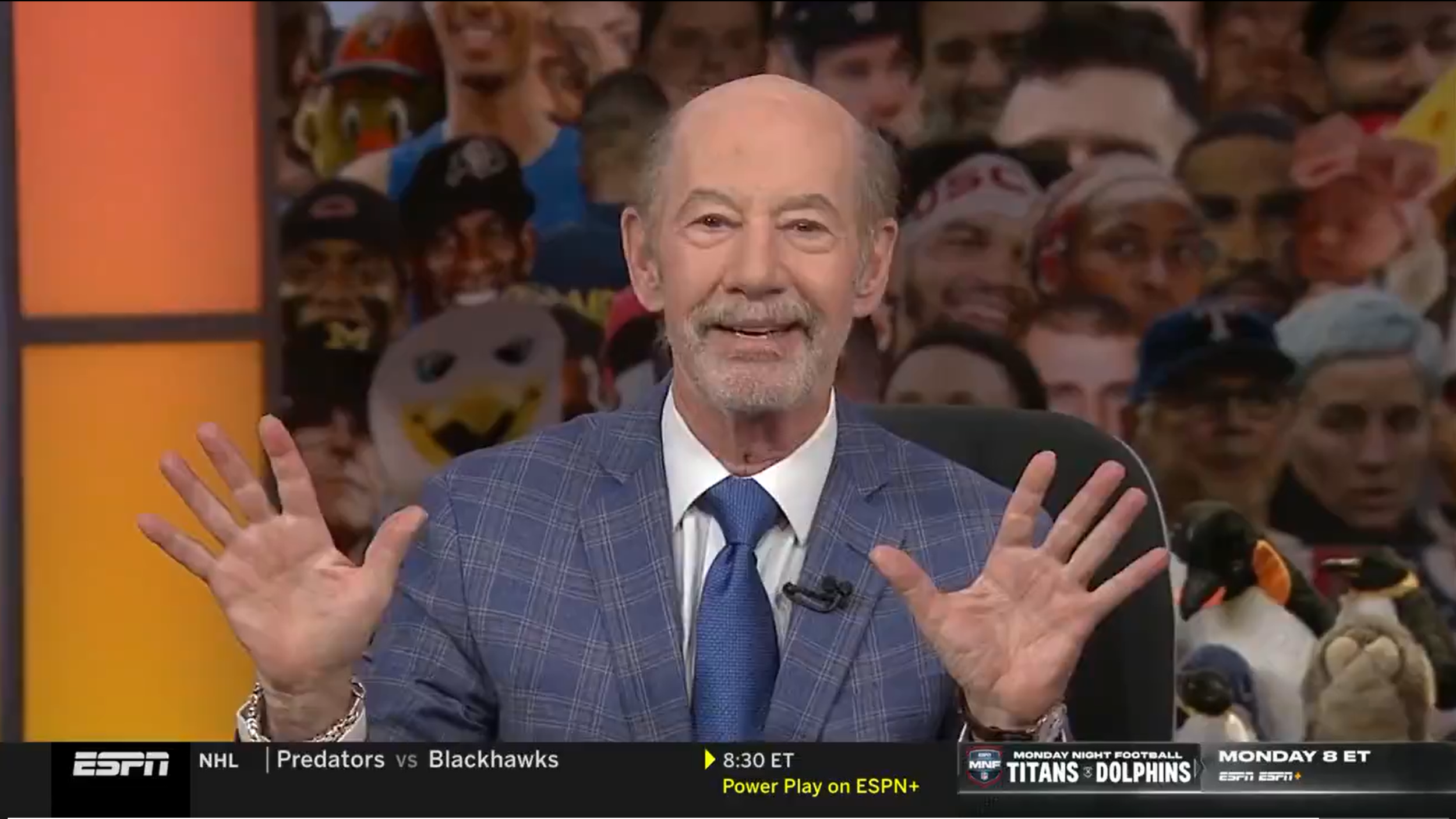MLB viewership numbers always require a lot of context, as it’s a sport that has such a high percentage of its content on regional sports networks, and the local and national stories are often different (to say nothing of the postseason and World Series, which have their own quirks). So Monday’s announcement from MLB about the viewership they’re seeing for out-of-market streaming service MLB.tv so far this year should not necessarily be seen as an overall picture of baseball’s viewership; it’s worth keeping in mind that these numbers are just for a few weeks, that they’re only for people using out-of-market streaming (blackouts mean you cannot use MLB.tv to watch local games in blacked-out territory, which in MLB’s case in particular is often quite extensive), and that these are numbers presented by MLB rather than an independent party. But, with all those caveats (and others), these numbers are still absolutely notable:
With close games, exciting star performances & 2 no-hitters to begin the season, https://t.co/pzZW56BhAE registered the most-watched 18-day period in its 20-season history, including the 7 most-watched days ever.
Fans have already watched over 1.34 billion minutes of live games. pic.twitter.com/0bWyoZp19C
— MLB Communications (@MLB_PR) April 19, 2021
The year-over-year comparisons in particular need to be taken with some salt, as this season started around the usual time (April 1) rather than last year’s pandemic-shifted start (July 23). This season has also seen some fans in stands in many markets; that doesn’t necessarily directly affect the numbers, but there has been some talk of viewers having less interest in games played in empty stadiums, and the ability to go to games may also have some people more interested in following baseball as a whole. This season has also seen less controversy over COVID-19 outbreaks and reschedulings. And this season already saw those two no-hitters, and MLB.tv really takes off in viewership when there’s a no-hitter bid going on.
With all that said, though, the numbers here still seem significant. These numbers suggest not just that a lot of people have MLB.tv (particularly easy through promotions like the annual free season for T-Mobile subscribers), but that a lot of people are using it quite a bit, and that streaming out-of-market games through this package is becoming a more standard activity. And while anything involving MLB.tv tends to stir up all sorts of arguments (for example, “Could the league make more money from reducing or eliminating blackouts, or is their current RSN setup better?”), it is possible to draw some comparisons between MLB.tv’s past numbers and its present numbers, as many of the same caveats apply to both of those cases. And it is notable that MLB.tv is pulling in larger viewership than it ever has. That’s not necessarily going to be the story for the whole season, and it’s not even the whole story of 2021 MLB viewership to date, but it’s interesting to see.
[MLB PR on Twitter]







